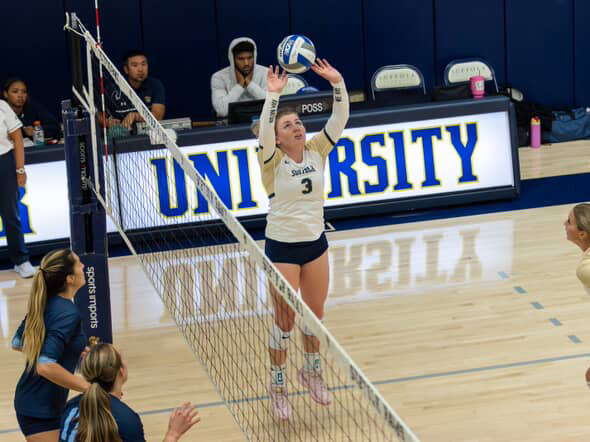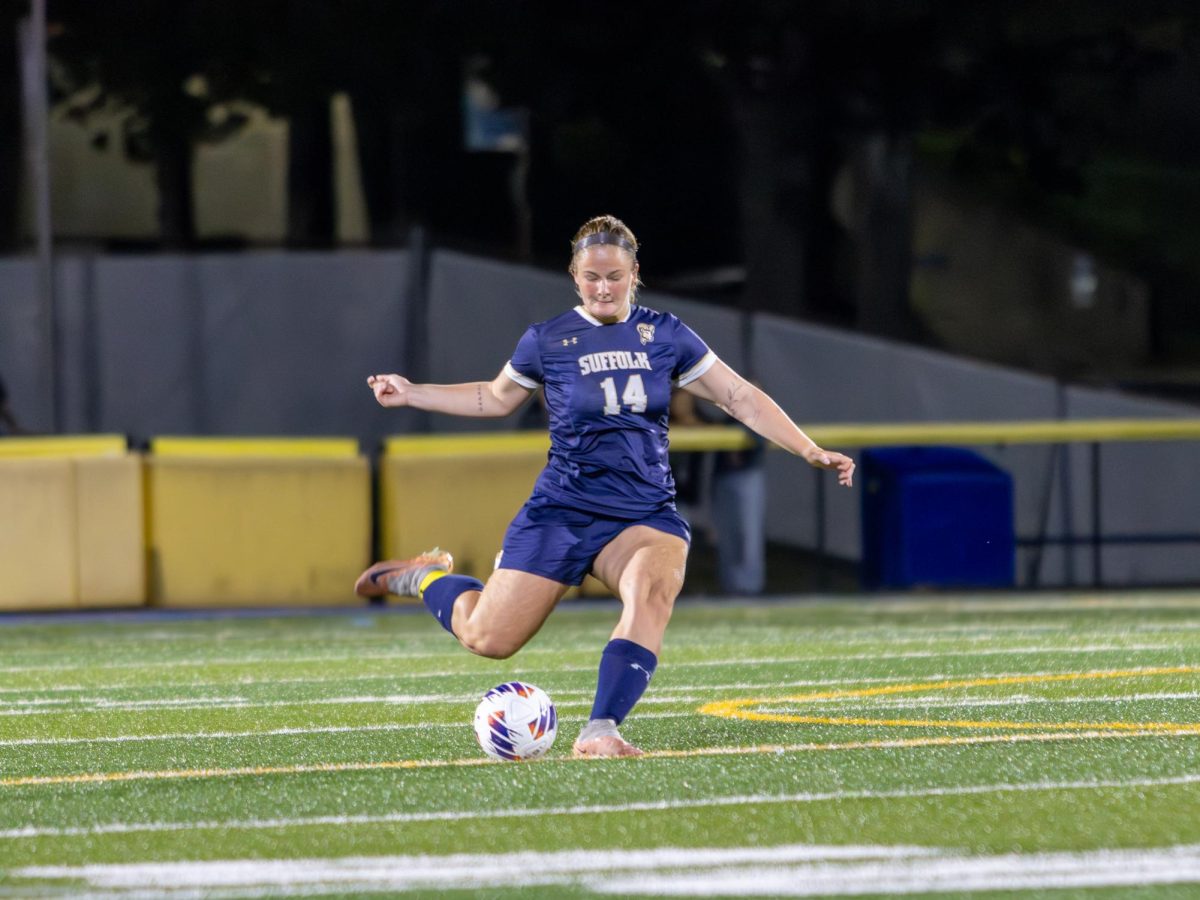Mike McMahon
Journal Staff
IndyCar lost a legend on Oct ober 16th in Las Vegas. Dan Wheldon, who won his second Indianapolis 500 in May with one of the most dramatic finishes the series has ever seen, lost his life in a 15-car pileup that is being deemed one of the most visually violent crashes of all time.
ober 16th in Las Vegas. Dan Wheldon, who won his second Indianapolis 500 in May with one of the most dramatic finishes the series has ever seen, lost his life in a 15-car pileup that is being deemed one of the most visually violent crashes of all time.
The wreck happened early in the Las Vegas Indy 300, the season finale, and the race was not continued after news of Wheldon’s death. To those of you who have not seen the wreck, consider yourselves fortunate. It was an image that is certainly hard to handle. Whether you are a fan of the IndyCar Series or not, it is hard to not be taken aback when something like this happens.
Similar to the reaction NASCAR had after Dale Earnhardt’s death in the 2001 Daytona 500, IndyCar has launched an investigation regarding the safety of its sport. IndyCar, unlike NASCAR, sports open cockpits and lighter cars that were averaging speeds of 220 mph during practice sessions before the Las Vegas race, 40-50 mph faster NASCAR averages at the same track. The facts are not hard to analyze.
IndyCar has vehicles that are barely half as safe and significantly faster than the ones NASCAR fans watch every Sunday. Even being the racing fan that I am, I know that it is insane to race these open wheel vehicles at such blaring speeds.
Some are sitting around pointing fingers at the CEO of IndyCar, Randy Bernard, saying he was ignorant to the dangers that existed racing at Las Vegas Motor Speedway, a venue not annually used by the series. But now is not the time to point fingers.
Dan Wheldon lost his life doing the thing he loved most in life. We should be celebrating his life for the champion he was, not condemning the sport that he spent his life representing. The day before the wreck, Wheldon posted in his driver blog for USA Today, saying that he was frustrated going into the race, not because of the safety issues, but because he felt his car was not fast enough and his team was struggling to gain speed.
I will be the first person to argue for safety improvements in auto racing. I have witnessed some wrecks that have left me in shock that everyone got out of the car and walked away.
I was at that Daytona 500 in 2001 when Dale Earnhardt lost his life. I was eight years old and I remember not thinking much of the wreck when it happened. In fact, there was a wreck earlier in that race where Tony Stewart’s car went airborne for what seemed to be the better part of a minute and took out almost 20 cars, but no one was injured. Yet, on a simple wreck that has probably been duplicated hundreds of times in auto racing, the life of a legend, whose poster still hangs in my bedroom, was gone.
What I’m trying to say is that no matter what kind of car you’re driving, or how fast you’re going, or what kind of safety precautions are taken, accidents happen. Drivers know that. We all know that. We see it every day.
It doesn’t take 220 mph to create fatal accidents, but it just increases the odds. Yet Dan Wheldon is the first driver to lose his life in the IndyCar series since 2006. So there is nothing else to call this but a tragedy.
No one is to blame, as no one could have prevented it. Being someone who has known many people who race competitively, you better believe that if Dan Wheldon did walk away from that crash, he would have been racing again the first chance he got.
I have nothing but respect for someone who is willing to put everything on the line to do the thing that drives them as a person. Rest in peace Dan Wheldon. If there is one thing I will take away from this, it is do what drives you as a person, because one day it will all be over.







